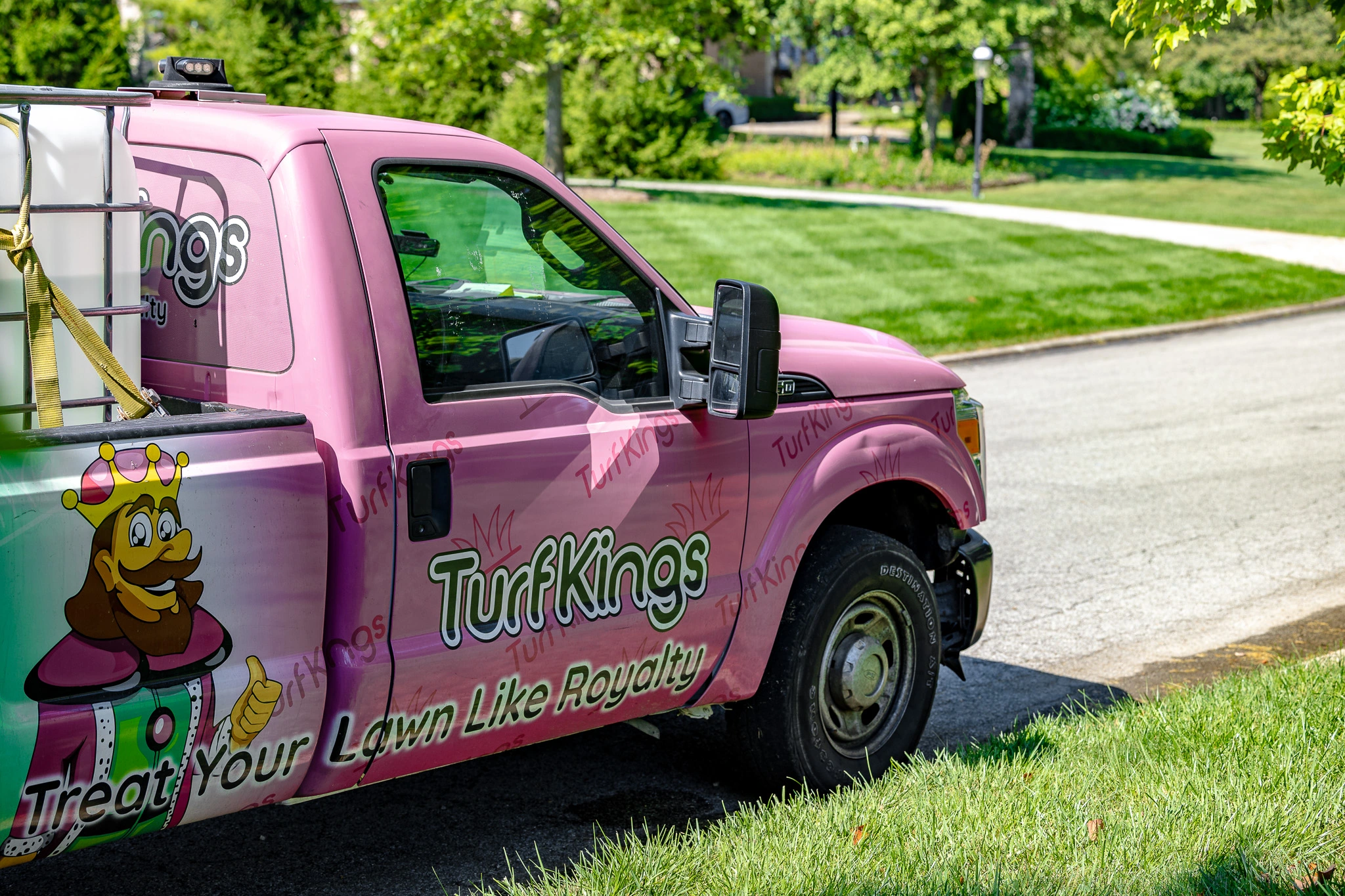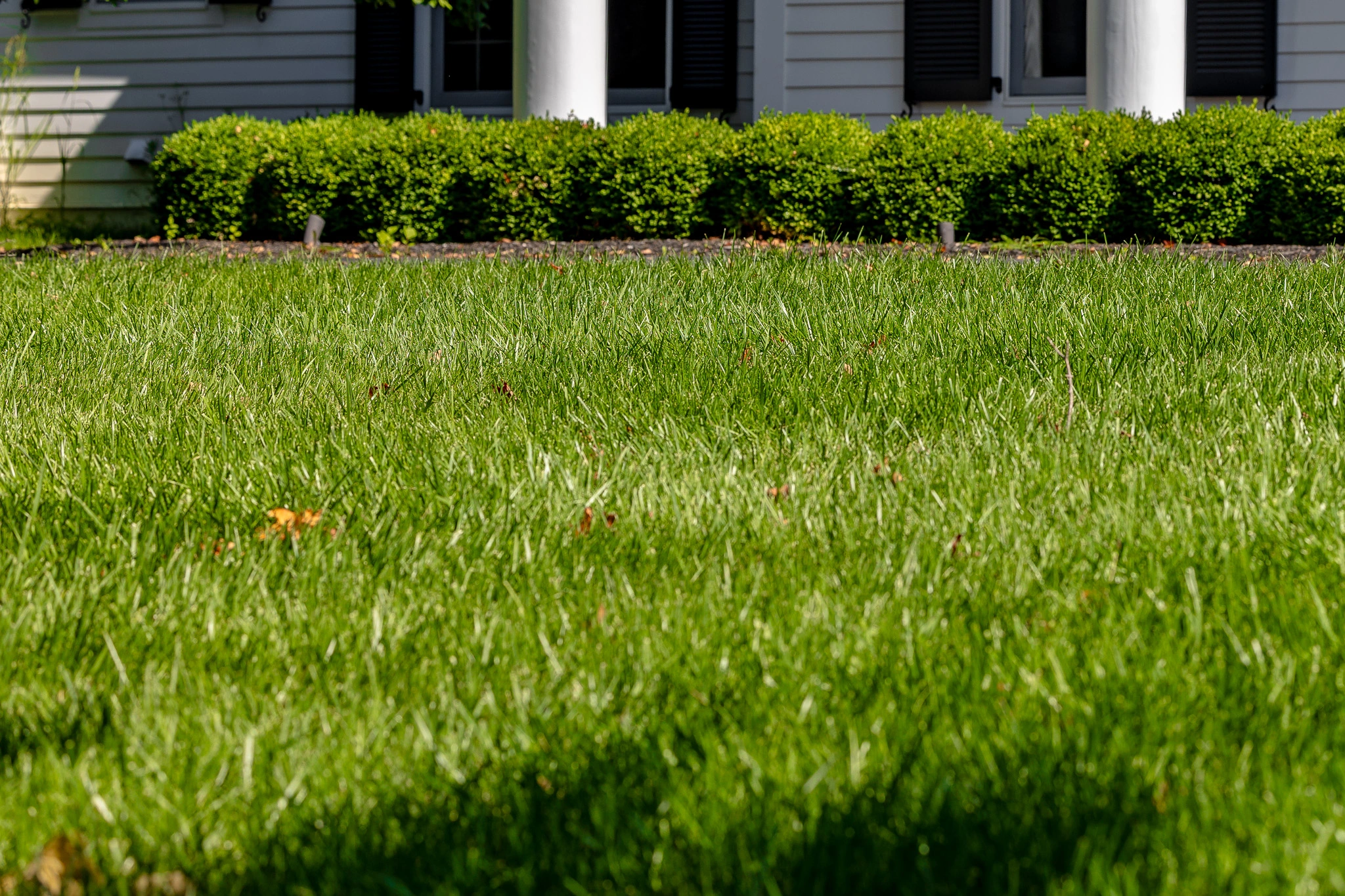As winter blankets Central Indiana in a layer of frost, it's easy to think that your lawn is safe from diseases. However, the reality is that your grass may be vulnerable to various winter lawn diseases that can impact its health and appearance. In this blog, we'll explore some of the common winter lawn diseases in Central Indiana and discuss preventive measures and treatments to keep your lawn lush and green all year round.

-
Snow Mold
One of the most common winter lawn diseases is snow mold, which thrives in cold and wet conditions. It appears as fuzzy, pink or gray patches on the grass and can cause significant damage if left untreated. To prevent snow mold, ensure proper lawn aeration in the fall to improve air circulation. Additionally, avoid piling snow in large mounds on the lawn, as this can create an ideal environment for the disease to develop.
Treatment: Rake affected areas to promote drying and remove excess thatch. Fungicides can be applied, but prevention through good lawn care practices is key.
-
Winter Brown Patch
Winter brown patch is a fungal disease that manifests as circular, straw-colored patches on the lawn. It typically occurs during periods of mild winter weather. To ward off winter brown patch, ensure your lawn is well-drained and avoid excessive watering. Mow your grass at the recommended height for your specific grass type to reduce the risk of disease development.
Treatment: Fungicides can be applied, but proper lawn maintenance practices are crucial for prevention. Improve drainage in problem areas to discourage fungal growth.
-
Rhizoctonia
Rhizoctonia is a fungus that primarily affects the roots of grass, leading to poor growth and thinning turf. This disease is more prevalent during mild winter periods when the grass is not fully dormant. To prevent rhizoctonia, avoid over-fertilizing in the fall, as excessive nitrogen can contribute to disease development. Ensure proper lawn drainage to discourage fungal growth in wet areas.
Treatment: Fungicides may be necessary in severe cases, but maintaining a balanced fertilization schedule and addressing drainage issues are essential for prevention.
-
Crown Freeze
Crown freeze occurs when rapidly freezing temperatures follow a period of warm weather, causing damage to the crown of the grass. This can result in dead or brown patches on your lawn. To prevent crown freeze, avoid heavy fertilization in the fall, as it can stimulate late-season growth that is susceptible to frost damage.
Treatment: Unfortunately, there is no cure for crown freeze. However, proper winterization practices can minimize the risk of its occurrence.

Protecting your lawn from winter diseases requires a combination of good lawn care practices and vigilance. By implementing preventive measures and promptly addressing any signs of disease, you can ensure that your Central Indiana lawn remains healthy and vibrant throughout the winter months. Remember, a well-maintained lawn is the key to a beautiful and resilient outdoor space, no matter the season. For more information, give Turf Kings a call at (317) 350-1737.


Comments (0)
Thanks for your comment!
Thanks for your feedback! Your comments have been successfully submitted! Please note, all comments require admin approval prior to display.
Error submitting comment!
There is a problem with your comment, please see below and try again.